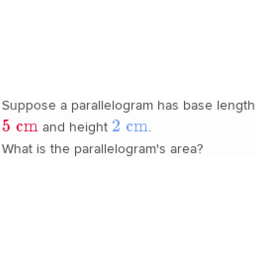

The Common Core standards are more challenging than what most states used to use, and kids aren't doing as well on these tests. As the standards move from theory to reality, they're becoming better-known and, often, more controversial among parents and legislators. But they're in the news now because states are beginning to use the Common Core as the basis for state tests. Two state groups, the National Governors Association and Council of Chief State School Officers, created the Common Core standards in 20. Writing assignments are more about evidence-based arguments and less on personal narratives like "What I did on my summer vacation." Math standards focus on fewer topics in more depth that are meant to progress logically from grade to grade. The goal of common standards is to make sure all public school students are prepared for college and for jobs when they graduate from high school, regardless of where they live. States used to set their own academic standards, and they could vary widely in rigor.

In math, the standards focus on fewer concepts, but in more depth. They'll also be asked to read more nonfiction. Students will write fewer personal narratives and more opinions. Language arts standards focus on basing arguments on evidence.

The Common Core includes a lot of those benchmarks at each grade level, but there are a few unifying themes. They're benchmarks for what students should know and be able to do in math and language arts from kindergarten through senior year of high school. The standards are meant to prepare students for college and careers and to make the US more competitive academically. The Common Core State Standards are a new set of academic standards adopted by 43 states.


 0 kommentar(er)
0 kommentar(er)
